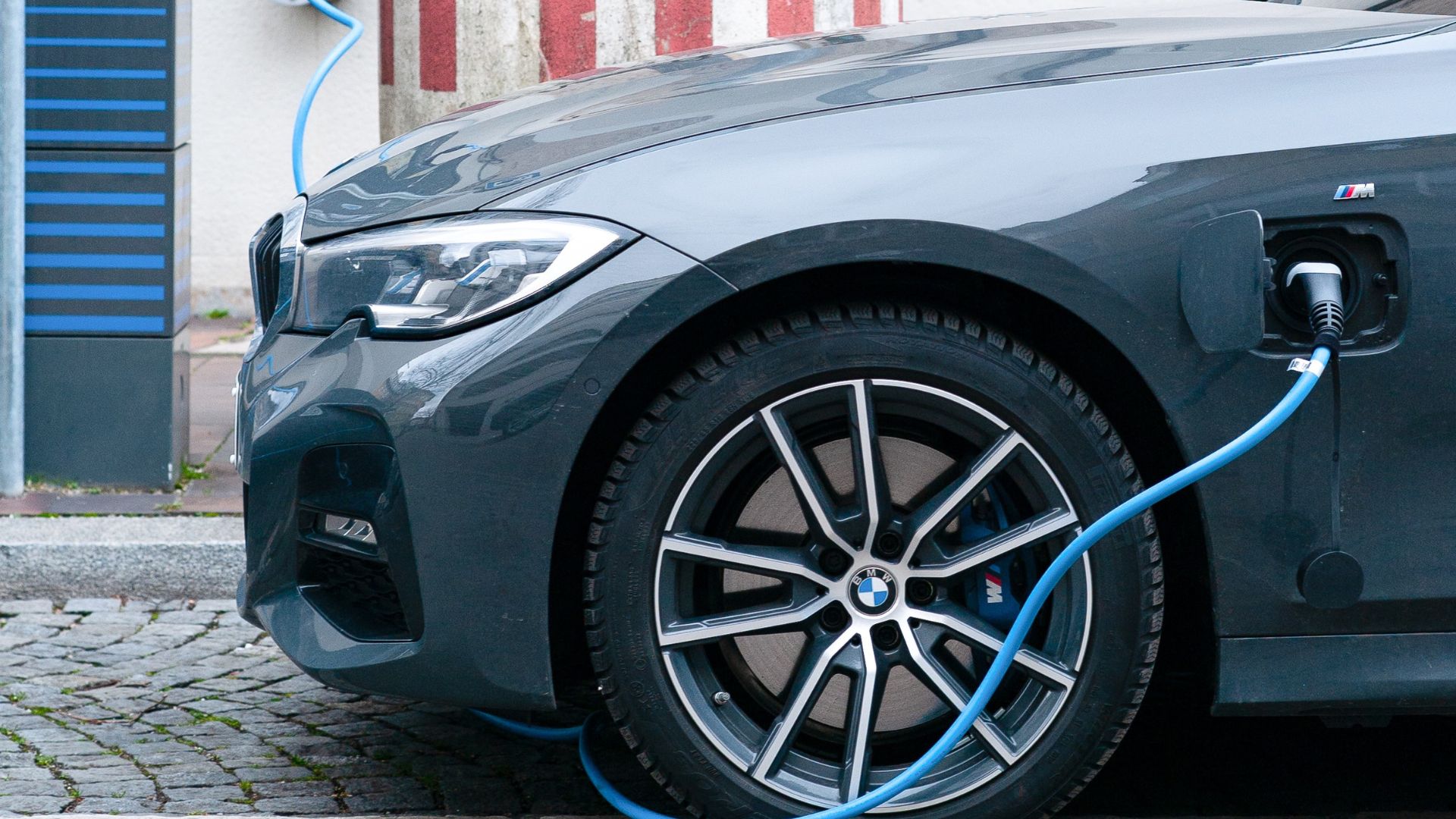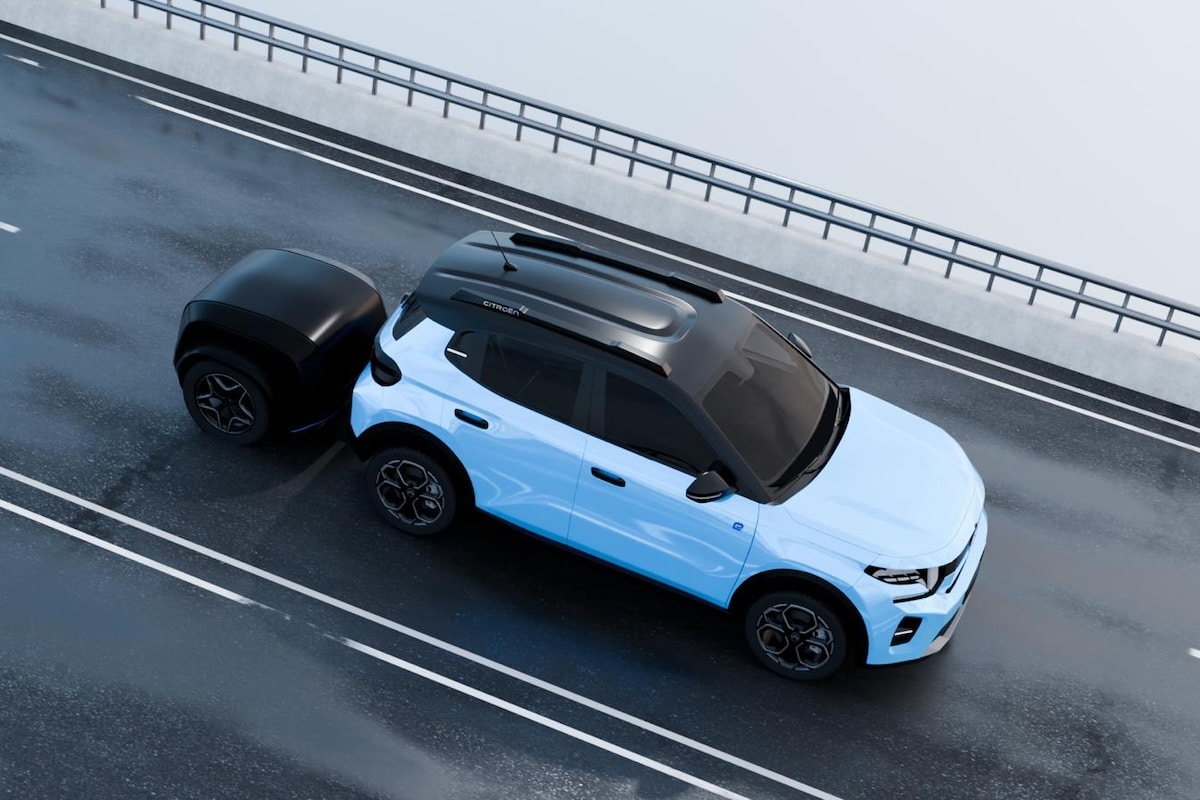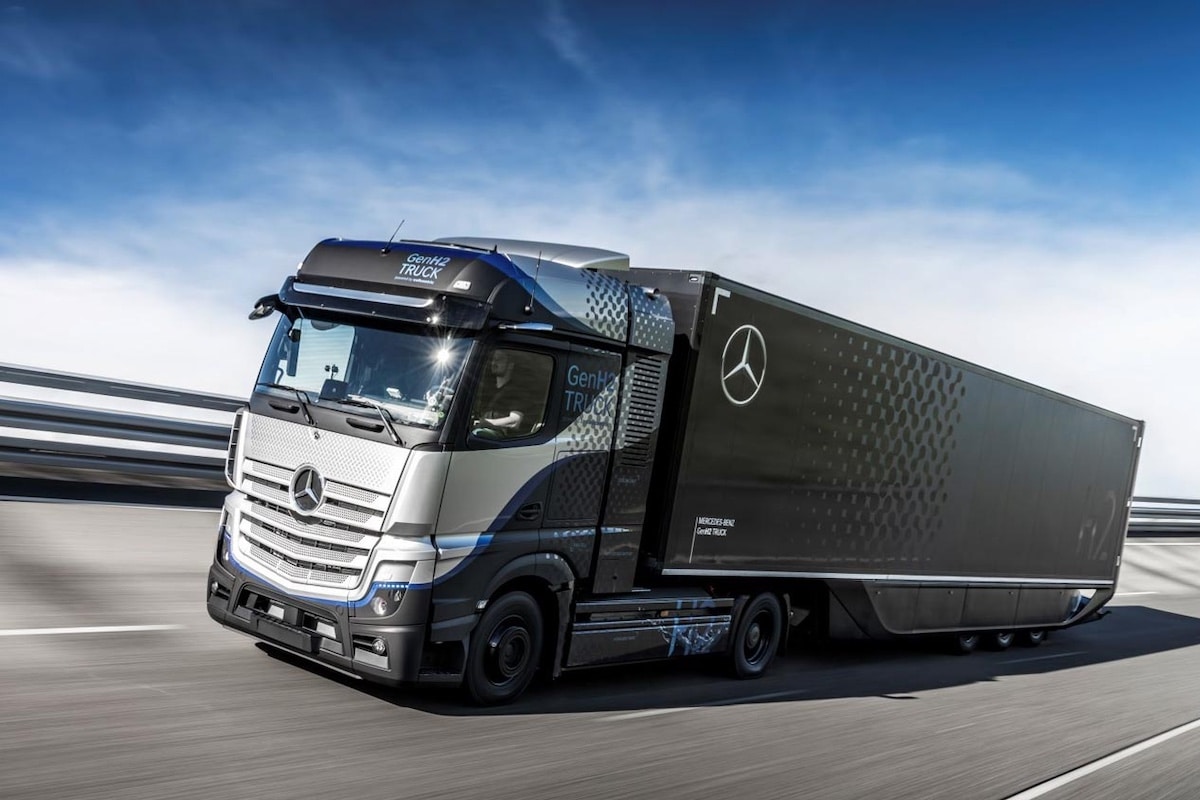Electric, E85, hybrid: which car to choose?

More environmentally friendly, alternative options to the traditional gasoline engine are sometimes also more economical.
Motorists wishing to give up traditional combustion engines can turn to 100% electric cars, but this solution may not suit everyone. E85 as well as mild hybrid, simple or plug-in hybrid, can also be interesting alternatives. Each type of drivetrain has its advantages and disadvantages. An overview.
Electric Car :
The principle: an electric motor, a large rechargeable battery
Choosing electric means enjoying the satisfaction of driving without emitting CO2 or other harmful gases, and experiencing an unrivaled quiet operation. It’s also about adopting a new “software” mindset that incorporates the concept of recharging. Despite increasing ranges and the development of a network of fast chargers, living with an electric vehicle can be complex for beginners. The cost of recharging varies greatly: low when using a household socket, but can quickly become high at fast chargers. Electric models are more expensive to purchase than their internal combustion engine equivalents, even after deducting government bonuses or other regional purchase aids, but the low operating costs allow the initial investment to be amortized over time.
| Purchase Price | ☆☆☆☆ |
| Daily Budget | ★★★☆ |
| Planet Score | ★★★★ |
Plug-in Hybrid Car :
The principle: a combustion engine + an electric motor, a rechargeable battery
As the name suggests, a plug-in hybrid must be plugged in to recharge its battery. Electric-only range averages around fifty kilometers. This technology is financially advantageous if the user frequently recharges the car and mostly drives within urban or peri-urban areas. Otherwise, especially on highways, the excess fuel consumption caused by the battery’s weight can quickly offset benefits, even if the vehicle continues to function in hybrid mode thanks to kinetic energy recovery. Generally powerful and high-end, rechargeable hybrids tend to be quite expensive.
| Purchase Price | ★☆☆☆ |
| Daily Budget | ★★☆☆ |
| Planet Score | ★☆☆☆ |
Standard Hybrid Car :
The principle: a thermal engine assisted by an electric motor, a self-charging battery
Hybrid models are equipped with a small battery that recharges while driving through energy recovery during braking and deceleration. It powers an electric motor capable of driving the car alone. However, the electric-only range is limited to a few kilometers. Financially, the additional cost remains moderate compared to a traditional combustion car, and fuel savings are tangible in urban environments. Alternative: “mild” or “micro-hybrid” hybrids, which are more numerous and less expensive, but feature a more basic system that does not allow driving purely on electric power.
| Purchase Price | ★★☆☆ |
| Daily Budget | ★☆☆☆ |
| Planet Score | ★☆☆☆ |
E85 Car :
The principle: a thermal engine that runs on both unleaded gasoline and E85
Although it consumes slightly more, a bioethanol-powered car — also called E85 — emits less CO2 and fewer NOx emissions per kilometer traveled. The savings at the pump are real, with E85 costing significantly less than unleaded gasoline (about 0.8 euros versus 2.0 euros as of May 31, 2022). Few manufacturers currently offer E85-compatible models. However, installing a conversion kit is easy and inexpensive. Be aware, though, that this process may affect your warranty, and only about a quarter of service stations supply E85.
| Purchase Price | ★★☆☆ |
| Daily Budget | ★★☆☆ |
| Planet Score | ★★☆☆ |
Read also: How does an electric car work?
This page is translated from the original post "Electrique, E85, hybride : quelle voiture choisir ?" in French.
We also suggestthese articles:
Also read






